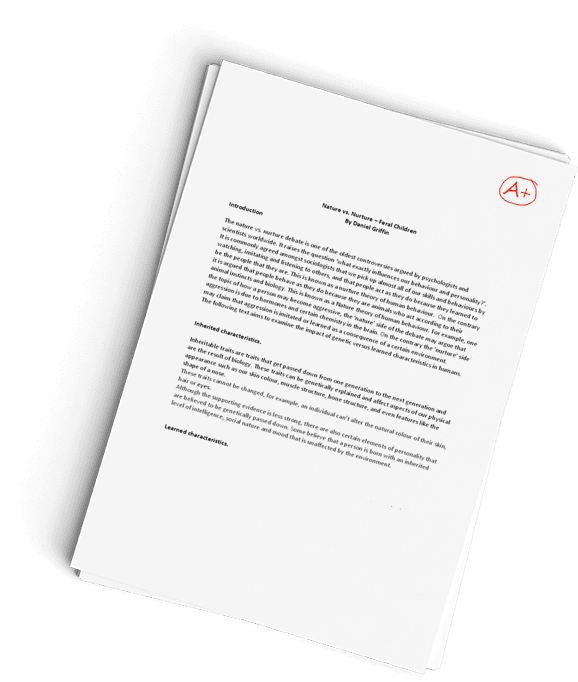CTS1120 SPC Cyber Security Discussion
Description
DISCUSSION # 6
Choose one of the following topics for this discussion topic. 100 word minimum in APA Format with sources cites.
Reflection: Module 11 Wireless Network Security
How would you tell a user that what they are doing on their mobile device is risky? There are many approaches to take to this scenario, but the overall goal is to be persuasive and sometimes persistent to help the user understand the risks that he or she faces as well as the risks that they may be imposing on other users.
Reflection: Module 12 Authentication
How would you define “without authorization”? The Computer Fraud and Abuse Act (CFAA) imposes both criminal and civil liability on someone who intentionally accesses a computer “without authorization” or “exceeds authorized access” to obtain information from the computer. Some businesses argue that “without authorization” also applies to security researchers who are probing programs or apps for vulnerabilities. Often these businesses do not want security researchers looking into their security (or lack of it). One such company filed a brief in a court case stating that “necessary research and testing can be performed by authorized parties . . . and shows how unauthorized research and public dissemination of unvalidated or theoretical security vulnerabilities can actually cause harmful effects.” Should “without authorization” be used to prohibit security researchers who want to pinpoint vulnerabilities? Or can it still allow for security researchers to find unknown vulnerabilities in software—even if they have not been asked to?
DISCUSSION # 7
Choose one of the following topics for this discussion topic. 100 word minimum in APA Format with sources cites.
Reflection: Module 13 Incident Preparation, Response, and Investigation
Many organizations that are ill-prepared for ransomware attacks are forced to pay the ransom in order to unlock their files and return to their normal business procedures. However, the US Department of Treasury has published an official advisory that warns that payments made to specific persons or to any person living in certain countries could subject the payer to financial penalties levied by the Office of Foreign Assets Control (OFAC). Under law, U.S. citizens are prohibited from engaging directly or indirectly in transactions with certain peoples, countries, or organizations. Those prohibited are listed on the OFAC’s Designated Nationals and Blocked Persons List and include Cuba, Iran, North Korea, and other countries or regions, and the Treasury Department has been adding several known cyber-threat groups to its designation list. And now the OFAC is threatening organizations that pay a ransom to persons on the list would be liable to civil penalties and fines. Should this apply to paying a ransom to unlock computers?
Reflection: Module 14 Cybersecurity Resilience
Nobody really likes to pay taxes. But suppose there were a tax that was used to provide cybersecurity protection. How much would you be willing to pay to be protected? Would you pay 5 percent? Maybe 10 percent? What about 30 percent: would you pay $1.30 for an item if $0.30 went towards cybersecurity protection? And what if you didn’st want the protection? Could you opt out and just pay $1.00? Some individuals are advocating that there should be a cybersecurity tax that is mandated by governments with all of the money being pooled together and then used to supply citizens with strong cybersecurity defenses, instead of asking users to find their own defenses and purchase them. Would a cybersecurity tax work?
DISCUSSION # 8
Choose one of the following topics for this discussion topic. 100 word minimum in APA Format with sources cites.
Reflection: Module 15 Risk Management and Data Privacy
What are the best ways to prepare for taking the CompTIA Security+ certification exam? There are many different strategies for preparing for a standardized exam like Security+. According to CompTIA these are some of the most common:
- Take a course at a school
- Study on your own with free Internet resources
- Use a textbook to prepare
- Take a practice exam
- Use online virtual instructor-led training
- Studying in a group
TEXTBOOK – Ciampa’s CompTIA Security+ Guide to Network Security Fundamentals Publisher Information: Ciampa, 7th Edition (Cengage), 2021
ISBN: 8220123248291
Have a similar assignment? "Place an order for your assignment and have exceptional work written by our team of experts, guaranteeing you A results."








